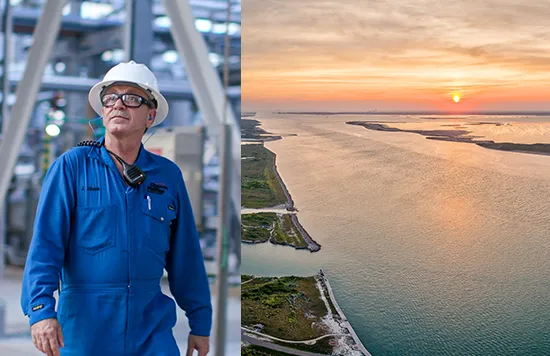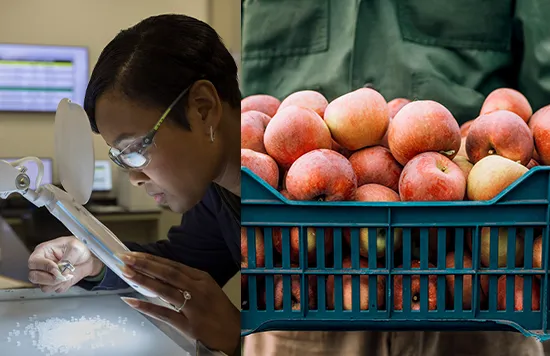Waste
CPChem optimizes its consumed resources and waste produced to lessen climate-related impacts. Further, we use diversion mechanisms to keep waste out of landfills, reduce consumption where possible and advance a circular economy across the company and industry. Waste specialist teams at each manufacturing site develop and endorse practices to minimize waste, prevent pollution and adopt a “reduce, reuse, recycle” mindset.
SDG #12, Responsible Consumption and Production
CPChem advocates for the proper disposal of all waste. Reviewing disposal practices and standardizing waste processes improves communication with third-party facilities and helps to ensure the right management of the right materials in the right place. Beyond these efforts, our facilities maintain dedicated procedures for spill prevention, controls, countermeasures and contingencies for hazardous waste and plastic loss.
New Unit Enhances Sustainability in Belgium
In 2023, CPChem began operating its new hydro-desulfurization (HDS) unit in Tessenderlo, Belgium. The HDS unit converts previously discarded streams into valuable products, improving our impact on the environment and generating savings in the process. The initiative reduces waste-related emissions and recovers valuable products to minimize waste. The products manufactured at Tessenderlo are mercaptans, chemicals made from sulfur and very useful in applications like gas odorants and antioxidants.

“This HDS unit enables us to significantly reduce costs and waste-associated emissions, setting the stage for further facility growth and enhanced efforts that minimize its impact on the planet.”
In 2023, CPChem’s global operations generated 116.7 TMT of non-hazardous waste and 32.8 TMT of hazardous waste on an equity basis. Nearly 40% of non-hazardous waste was diverted from disposal, the company’s largest waste category. We continue to develop our waste inventory through expanded analysis of all waste streams to better identify and prioritize areas for improvements, including our Scope 3 emissions inventory.
Additionally, we perform specialized disposal techniques like biotreatment, energy recovery, incineration, landfill, materials recovery, and more. In 2023, more than one-third of CPChem’s waste was recycled using recovery and reclamation processes.
Waste Generation Composition in 2023
Waste Method of Disposal in 2023
No Aversion to Waste Diversion
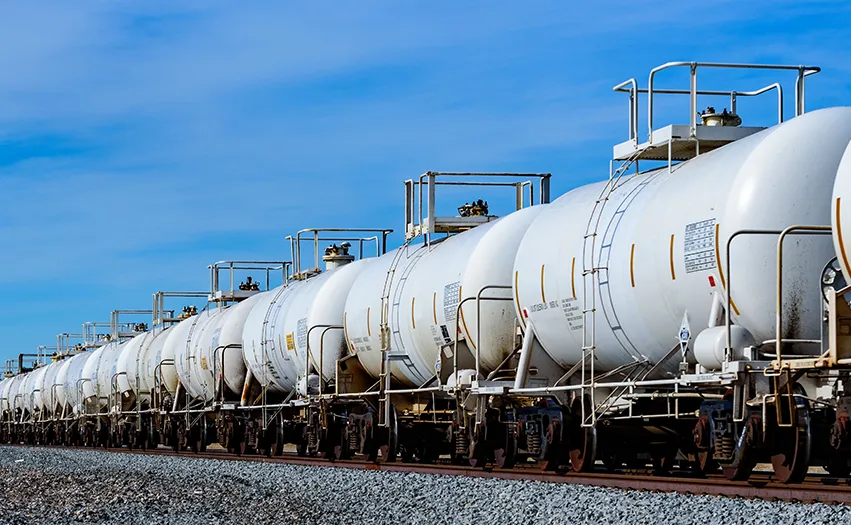
Tons of Material. Tons of Savings.
Approximately 6,000 tons of excess ballast was diverted from disposal and reused, saving an estimated $2.5 million at CPChem’s Baytown facility. CPChem uses this rocky material to improve drainage and stabilization around railroad tracks, but it must be frequently replaced to remain effective. As old ballast accumulated, the facility team sought alternatives to sending the material to a landfill. The large rock and crushed limestone in the ballast was found to be a great ground layer on-site, capable of handling heavy duty truck traffic and able to support heavy storage containers.
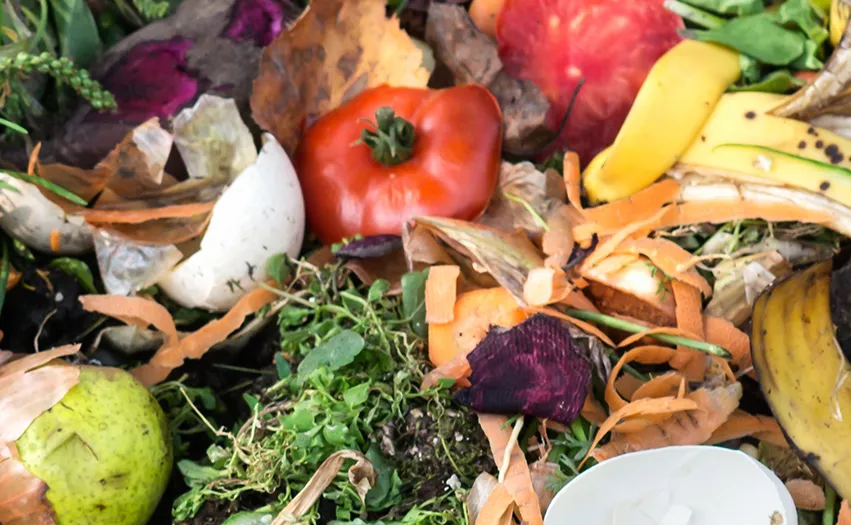
New Composting Program Finds Fertile Soil
Sustainability champions at CPChem’s HQ in The Woodlands, Texas initiated a composting program responsible for preventing more than 3,000 pounds of compostable material from ending up in a landfill. Working with staff from the onsite cafeteria the program accepts kitchen waste generated during meal preparation, leftovers and employee food scraps.

Recycling Single-use PPE
Sustainability champions at CPChem's Bartlesville facility sponsor a Terracycle Zero Waste Box ™ which provides a place to recycle post-use personal protective equipment (PPE) such as disposable face masks, disposable gloves, ear plugs, hair nets and safety glasses. Once the box is filled, the materials are collected and mechanically recycled by Terracycle.
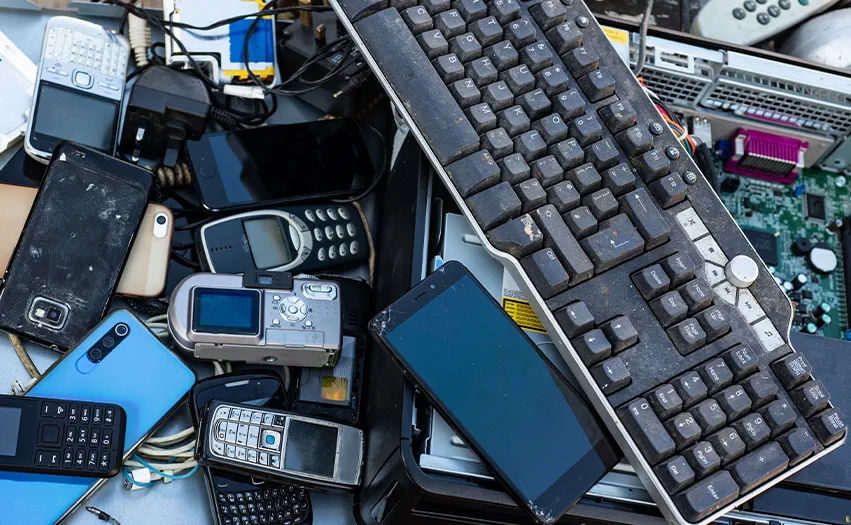
Electronics Recycling
CPChem facilities in the U.S. participated in electronics recycling programs in 2023. Suitable equipment is refurbished and donated to charitable organizations for reuse. Equipment that cannot be reused is sold for its components and the proceeds are donated to charitable organizations. Recycling electronics reduces the demand for precious metals and materials needed to make new devices, often extracted from sensitive ecosystems around the world.

